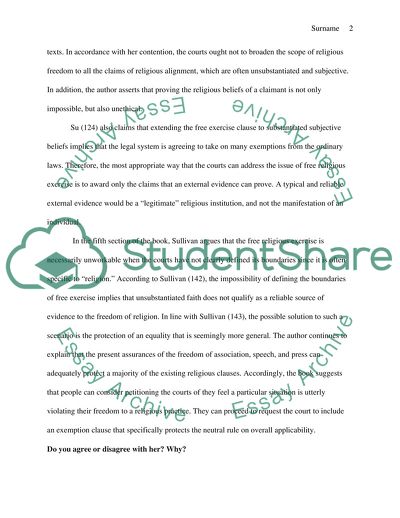Cite this document
(The Impossibility of Religious Reforms by Sullivan Book Report/Review Example | Topics and Well Written Essays - 1500 words - 7, n.d.)
The Impossibility of Religious Reforms by Sullivan Book Report/Review Example | Topics and Well Written Essays - 1500 words - 7. https://studentshare.org/religion-and-theology/1872355-final-paper
The Impossibility of Religious Reforms by Sullivan Book Report/Review Example | Topics and Well Written Essays - 1500 words - 7. https://studentshare.org/religion-and-theology/1872355-final-paper
(The Impossibility of Religious Reforms by Sullivan Book Report/Review Example | Topics and Well Written Essays - 1500 Words - 7)
The Impossibility of Religious Reforms by Sullivan Book Report/Review Example | Topics and Well Written Essays - 1500 Words - 7. https://studentshare.org/religion-and-theology/1872355-final-paper.
The Impossibility of Religious Reforms by Sullivan Book Report/Review Example | Topics and Well Written Essays - 1500 Words - 7. https://studentshare.org/religion-and-theology/1872355-final-paper.
“The Impossibility of Religious Reforms by Sullivan Book Report/Review Example | Topics and Well Written Essays - 1500 Words - 7”. https://studentshare.org/religion-and-theology/1872355-final-paper.


